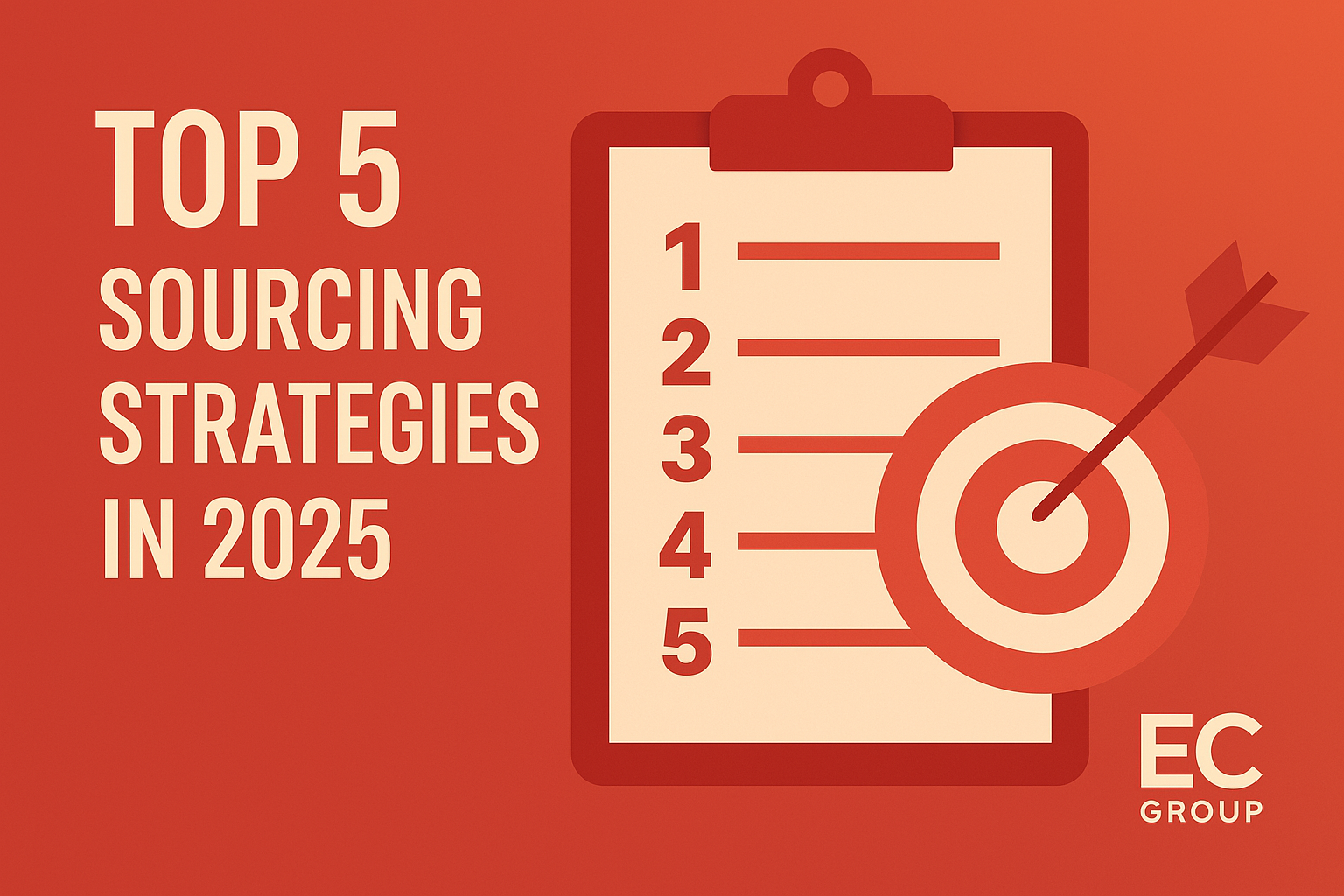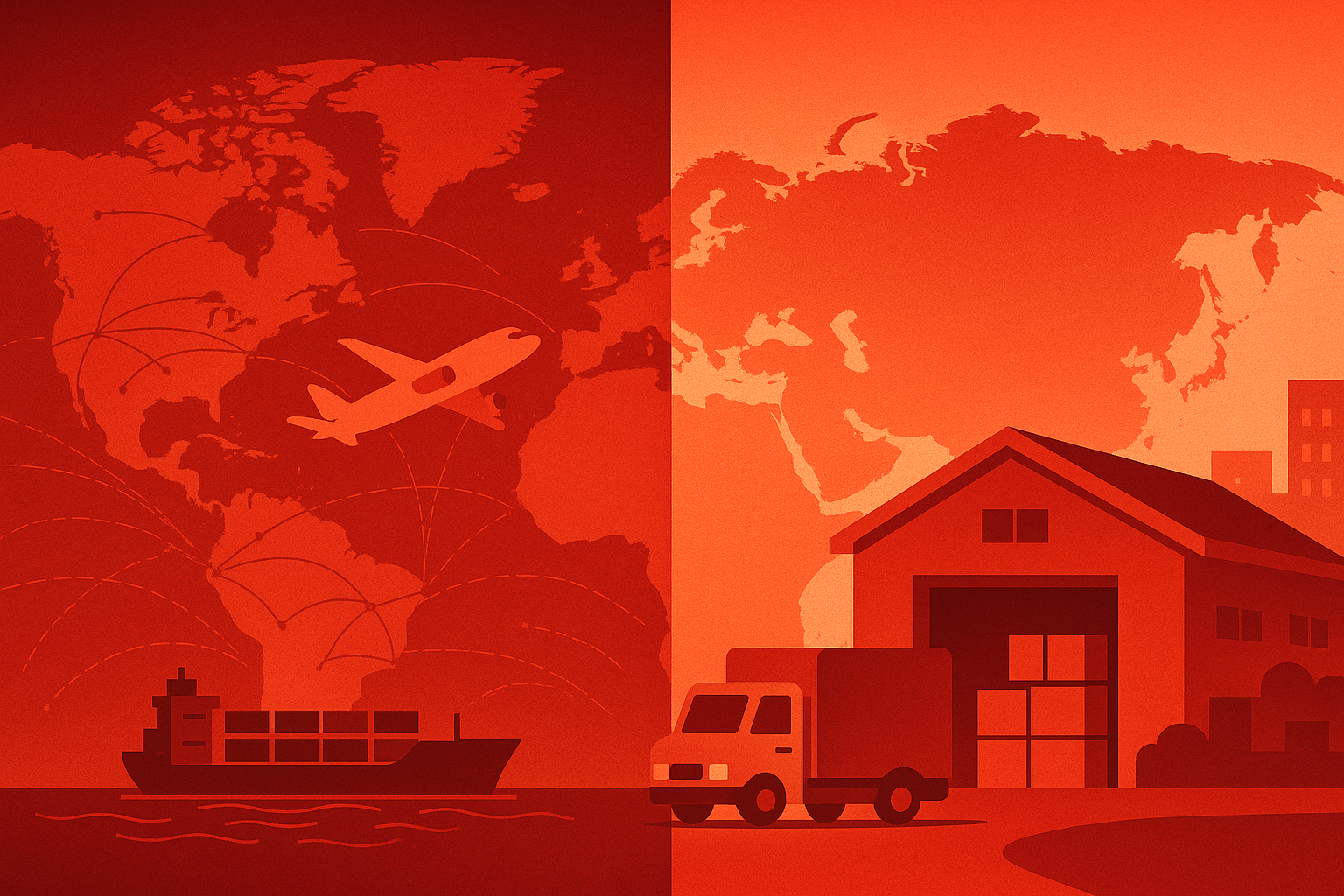The Importance of Strategic Sourcing in 2025
The sourcing landscape is evolving rapidly, driven by global supply chain disruptions, technological advancements, and increasing sustainability requirements. Companies must adapt their procurement processes to remain competitive.
According to McKinsey & Company, businesses that adopt strategic sourcing techniques can reduce procurement costs by 10-15% and improve supplier performance by 20-30%. In 2025, successful companies will focus on cost-effective, risk-mitigated, and agile sourcing strategies. Below, we explore the Top 5 Sourcing Strategies to help businesses navigate these challenges and optimise their operations.
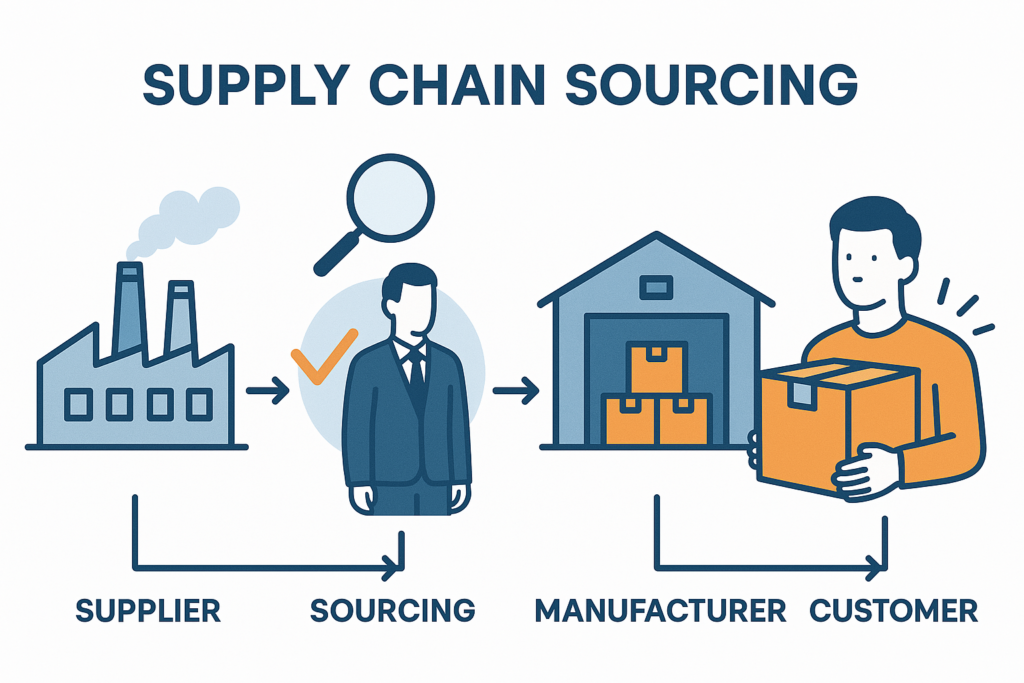
Top 5 Sourcing Strategies For 2025
Table of Contents
1) Global Sourcing for Cost Optimisation
Global sourcing allows businesses to access lower production costs, competitive pricing, and diverse supplier options. However, it requires robust supply chain management and risk mitigation.
Key Considerations:
- Cost Reduction: Compare labour, raw material, and operational costs across regions.
- Supplier Intelligence: Leverage real-time market insights to assess vendor reliability and performance. Deloitte reports that companies leveraging global sourcing strategies see a 25% reduction in operational costs.
- Regulatory Compliance: Ensure adherence to international trade laws and standards.
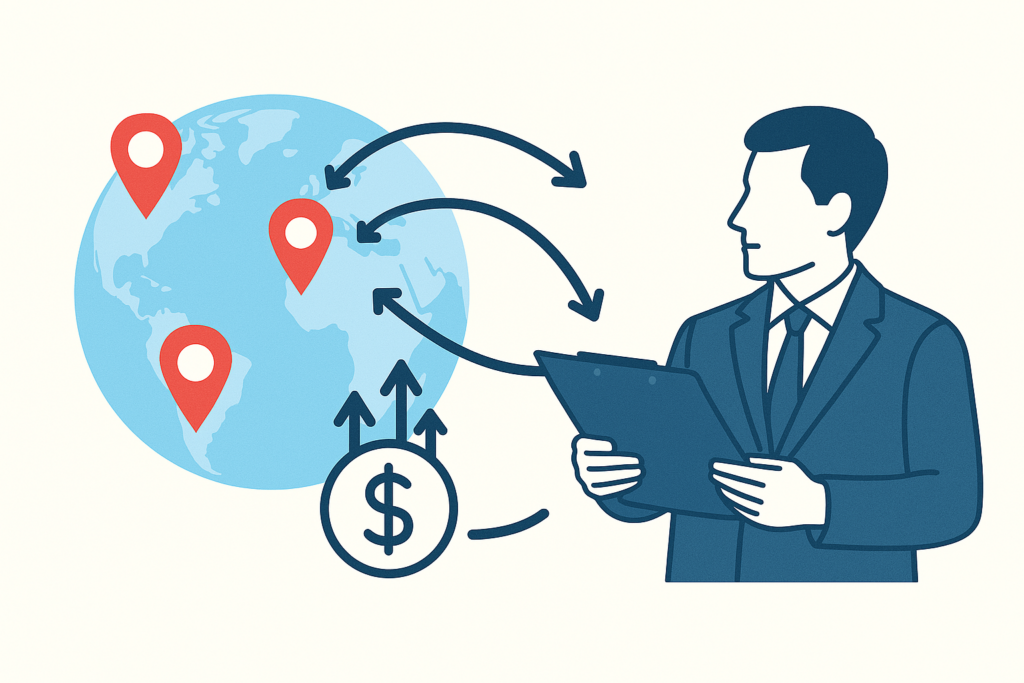
2. Nearshoring for Agility and Supply Chain Resilience
Nearshoring is gaining traction as businesses prioritise supply chain stability, reduced lead times, and closer supplier collaboration.
Advantages of Nearshoring:
- Shorter Supply Chains: Faster shipping times and lower transportation costs.
- Time Zone & Cultural Affinity: Easier communication and more substantial partnerships.
- Risk Reduction: Less exposure to geopolitical risks and trade barriers.
A Gartner report predicts that by 2025, 65% of companies will have shifted at least part of their operations to nearshoring locations to mitigate supply chain risks.
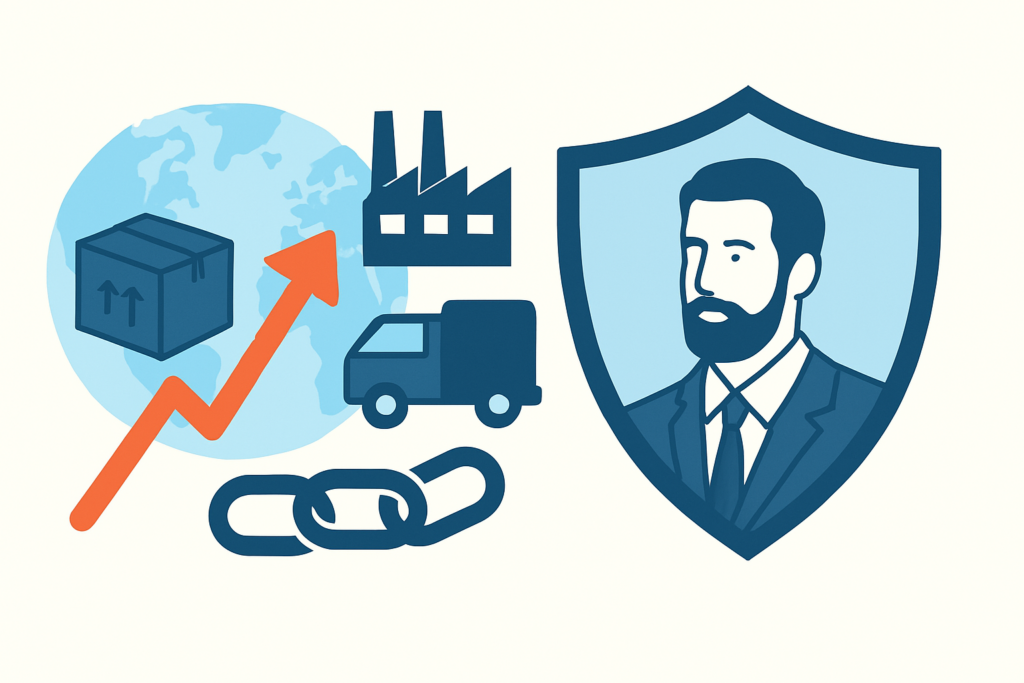
3. Digital Procurement and AI-Driven Sourcing
Integrating AI, automation, and data analytics transforms procurement by streamlining supplier selection, price forecasting, and contract management.
Key Benefits:
- Generative AI in Procurement: Automates contract analysis, supplier evaluation, and spending pattern insights.
- Real-Time Inventory Data: Optimises demand forecasting and prevents stock shortages.
- Strategic Sourcing Software: Enhances supplier negotiations and improves cost-efficiency.
According to PwC, AI-driven procurement strategies can improve efficiency by 40% while reducing manual processing time.

4. Sustainable and Ethical Sourcing
Companies prioritise environmental, social, and governance (ESG) factors in their procurement strategies to align with regulatory standards and consumer expectations.
Key Focus Areas:
- Carbon Footprint Reduction: Sourcing from suppliers with eco-friendly practices.
- Fair Labor Practices: Ensuring ethical working conditions and human rights compliance.
- Circular Economy Integration: Partnering with suppliers that promote waste reduction and product recycling.
A Harvard Business Review study found that sustainable sourcing can lead to increased profitability while enhancing brand reputation.
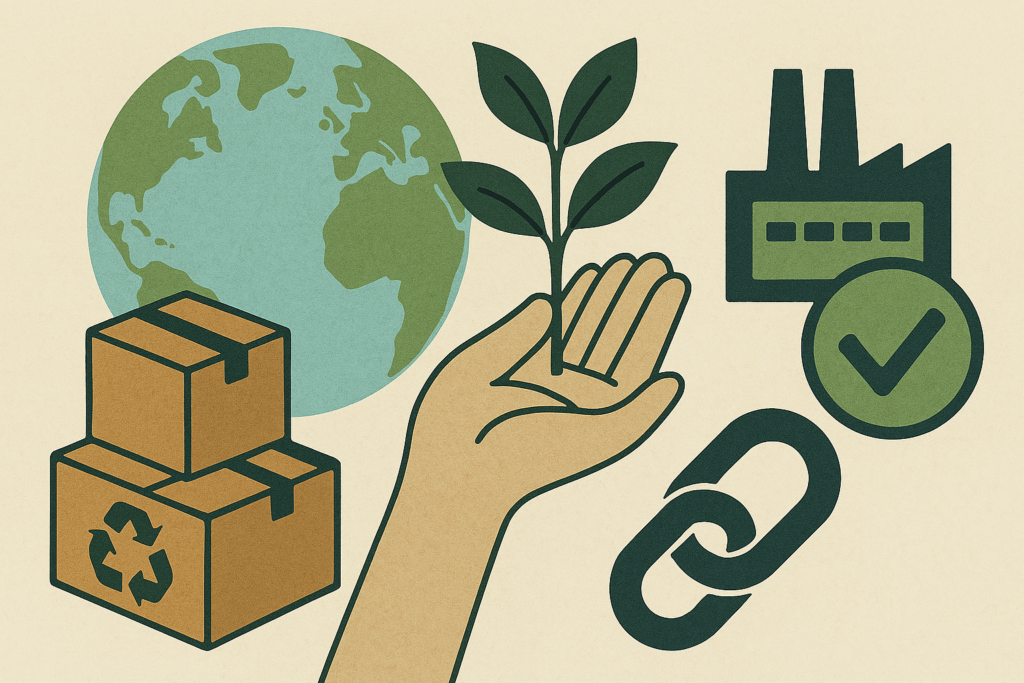
5. Risk Management through Supplier Diversification
Diversifying suppliers mitigates supply chain disruptions and ensures business continuity during crises.
Effective Risk Management Strategies:
- Supplier Performance Monitoring: Continuous assessment to track reliability and efficiency.
- Multi-Source Procurement: Avoiding dependency on a single supplier or region.
- Regulatory Compliance Checks: Ensuring adherence to data security, trade laws, and industry-specific requirements.
According to BCG, companies with diversified supply chains experience a 30% reduction in operational disruptions compared to those relying on a single-source procurement model.

Developing a Sourcing Strategy Aligned with Business Goals
Choosing the right sourcing strategy requires aligning procurement decisions with organisational goals, industry demands, and market conditions.
Steps to Develop an Effective Sourcing Strategy:
- Assess Organisational Needs: Identify core business priorities (cost reduction, speed, sustainability, etc.).
- Evaluate Supplier Suitability: Conduct due diligence on supplier capabilities, financial stability, and ethical practices.
- Leverage Market and Supplier Intelligence: Use data analytics and demand forecasting to anticipate procurement needs.
- Balance Cost and Risk Factors: Consider trade-offs between affordability and potential supply chain disruptions.
- Implement Strategic Negotiation: Build strong supplier relationships through long-term contracts and performance incentives.

Conclusion
Strategic sourcing is essential for business resilience, cost optimisation, and supply chain stability in 2025 and beyond.
Businesses can enhance operational efficiency and gain a competitive edge by implementing global sourcing, nearshoring, digital procurement, sustainable sourcing, and risk management strategies.
EC Group is a trusted partner in strategic sourcing, optimisation, and logistics solutions. We help businesses implement tailored procurement strategies that align with their goals.
Contact us today to discover how EC Group can help you enhance your sourcing strategy for 2025.
